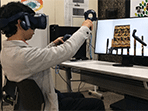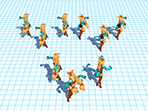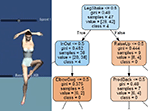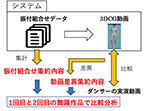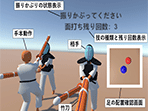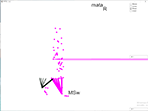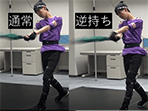| System for Appreciating 3DCG and Rollout Images of Maki-e Fountain Pens Using VR |
Since Maki-e fountain pens are degraded by light and humidity, they are unsuitable for permanent exhibitions. Some fine patterns are also difficult to see with the naked eye. In recent years, VR technology and the digital archiving of museum materials have advanced. In this study, we developed a VR-appreciating system for Maki-e fountain pens to support museum exhibitions. In our system, the recreated 3DCG fountain pens of Maki-e and a rollout image, which is a continuous picture, can be simultaneously previewed in the VR world. Our system allows users to preview Maki-e fountain pens on VR and extract rollout images by pulling apart a Maki-e fountain pen with both controllers. Users can hold Maki-e fountain pens in the VR world and change the pen°«s scale by pressing a button on the controller. We evaluated our experiment with visitors who experienced our system. Questionnaire results showed that about 70% believed that the appreciation method using VR was appropriate. About 40% thought that the interface was difficult to understand. Therefore, this study confirmed that although the current interface has room for improvement, the concept of viewing fountain pens in VR is appropriate.
